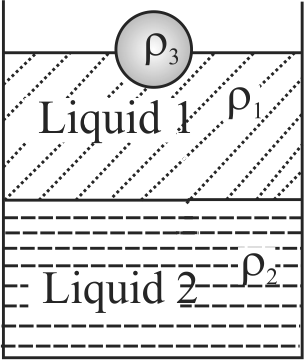361001
A jar is filled with two non-mixing liquids 1 and 2 having densities 
361001
A jar is filled with two non-mixing liquids 1 and 2 having densities 
361001
A jar is filled with two non-mixing liquids 1 and 2 having densities 
361001
A jar is filled with two non-mixing liquids 1 and 2 having densities 
361001
A jar is filled with two non-mixing liquids 1 and 2 having densities 
